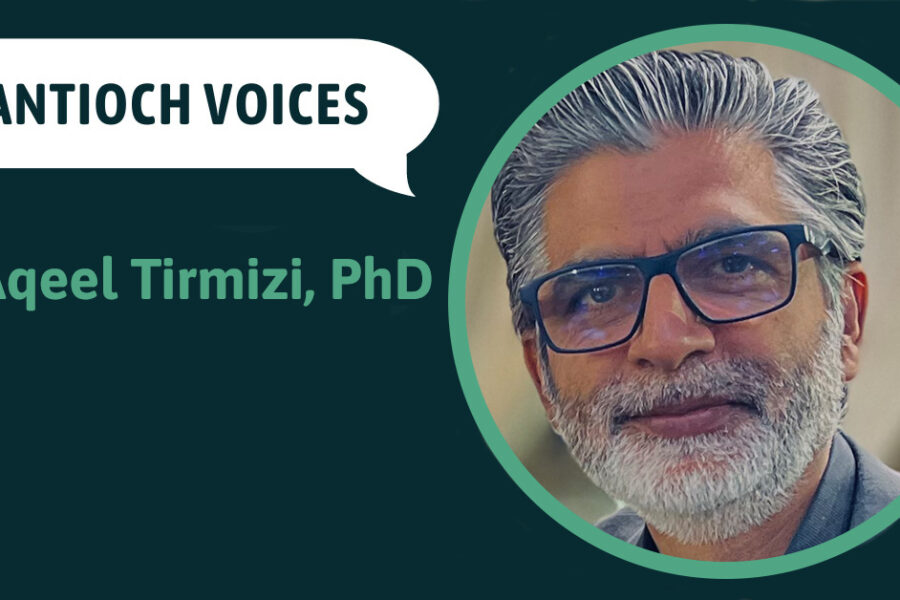In today’s fast-paced and demanding educational environment, maintaining well-being and preventing burnout among educators is more important than ever. Mindfulness practices, traditionally aimed at students, are now being recognized for their profound benefits for educators themselves.
Benefits of Mindfulness for Educators
Mindfulness practices foster a sense of personal well-being and enhance teaching effectiveness, creating a more empathetic and supportive classroom environment for students and teachers alike.
“Mindfulness practice allows teachers to develop greater emotional resilience and self-awareness, which can lead to more thoughtful, compassionate responses to classroom challenges. As Susan Dreyer Leon, PhD, core faculty member at Antioch University, explains in her interview with the Seed Field Podcast, ‘One of the first things that happens to people in mindfulness meditation is they’re like, oh my God, my mind never shuts up… and when we realize like, oh, we don’t have to go along for that ride, that’s the beginning of creating a space between a thought and our reaction to that thought.’ This space allows teachers to pause and choose a more measured, empathetic response rather than reacting impulsively to stressful classroom situations.”
Additionally, by engaging daily in mindfulness practice, educators can improve their emotional resilience, leading to more effective and less reactive teaching. This approach helps teachers navigate classroom complexities with greater calm and presence, ultimately benefiting themselves and their students.
Mindfulness Techniques for Educators
Incorporating mindfulness into daily routines doesn’t require a complete scheduling overhaul. Simple practices can make a significant difference!
“Mindfulness practice allows teachers to develop greater emotional resilience and self-awareness, which can lead to more thoughtful, compassionate responses to classroom challenges.”
Breathing Exercises
Deep Belly Breathing: Focus on deep breaths that fill the abdomen rather than the chest. This can be done in the morning to help center yourself and reduce anxiety. Spend a few minutes breathing in slowly through your nose, letting your belly rise, and exhaling through your mouth.
Box Breathing: This technique involves inhaling for four counts, holding the breath for four counts, exhaling for four counts, and holding again for four counts. It’s a quick way to regain calm during stressful moments throughout the day.
Meditation
Mindfulness Meditation: Practicing mindfulness meditation involves sitting quietly and focusing on your breathing, allowing thoughts to come and go without judgment. This practice can help decrease stress and anxiety, while promoting well-being and compassion.
Loving-Kindness Meditation: This type of meditation focuses on developing feelings of compassion and love towards oneself and others. It involves silently repeating phrases like “May I be happy,” “May I be healthy,” and then extending these wishes to others.
Body Scan Meditation: This involves lying down comfortably and bringing awareness to different parts of the body, starting from the toes and moving up to the head. This practice helps promote relaxation and a sense of presence, especially during stressful moments.
Additional Mindfulness Practices
Gratitude Journaling: Keeping a daily gratitude journal where you write down three things you’re thankful for can shift your focus from stress to positivity.
Mindful Walking: Take a short walk during breaks, focusing on the sensations of walking, such as the feel of your feet on the ground and the rhythm of your steps. This can be a refreshing way to clear your mind and reduce stress.
Mindful Eating: Pay attention to the taste, texture, and smell of your food. Eating slowly and savoring each bite can turn meals into a form of meditation, helping to reduce stress and improve digestion.
Visualization: Spend a few minutes visualizing a place where you feel calm and relaxed. This could be a beach, forest, or any other peaceful setting. Imagining the sights, sounds, and smells of this place can help reduce stress and improve your mood.
Mindfulness vs. Self-Care
While these techniques are useful tools to enhance mindfulness, remember that mindfulness practices are not quick fixes. As Susan Dreyer Leon, PhD notes in her article on mindfulness for educators:
“If all of this sounds kind of painful and time-consuming, it can be. When mindfulness is recommended to teachers as wellness, self-care, or a relaxation technique, they can feel a bit betrayed to discover that these benefits of the practice often come only after substantial commitment and hard work.”
To set realistic expectations of what it means to achieve mindfulness, it’s important to understand how mindfulness differs from self-care.
Self-care encompasses a broad range of activities that individuals engage in to maintain their physical, mental, and emotional health. While mindfulness practices can be a form of self-care, self-care also includes activities such as exercise, healthy eating, hobbies, social connections, and rest.
Mindfulness is the practice of being present and fully engaged with whatever we’re doing, free from distraction or judgment, and aware of our thoughts and feelings without getting caught up in them. Rather than a single set of actions, it’s a way of being and operating in a constant state of presence and awareness.
That said, participating in mindfulness exercises each day can yield enormous benefits for instructors. The time and dedication will pay off, as regular practice can foster emotional resilience and improve teaching practices.
Conclusion
Mindfulness holds immense promise in enhancing educators’ well-being and teaching effectiveness. By integrating mindfulness in the classroom, educators can better manage stress, reduce burnout, and cultivate a supportive and emotionally rich classroom environment. This approach not only benefits educators personally but also positively impacts their students.
Curious about incorporating mindfulness in the classroom? Interested in obtaining a degree or certificate focused on mindfulness and education? Antioch University offers the only graduate program specifically designed for educators. This program emphasizes developing personal mindfulness to help educators teach more effectively and less reactively.
We also offer a graduate-level Certificate in Mindfulness for Educators, suitable for those who might already hold a degree or are not yet ready to commit to the full Master of Education for Experienced Educators program. Explore our offerings to enhance your teaching practice and create a more mindful educational environment for yourself and your students.






